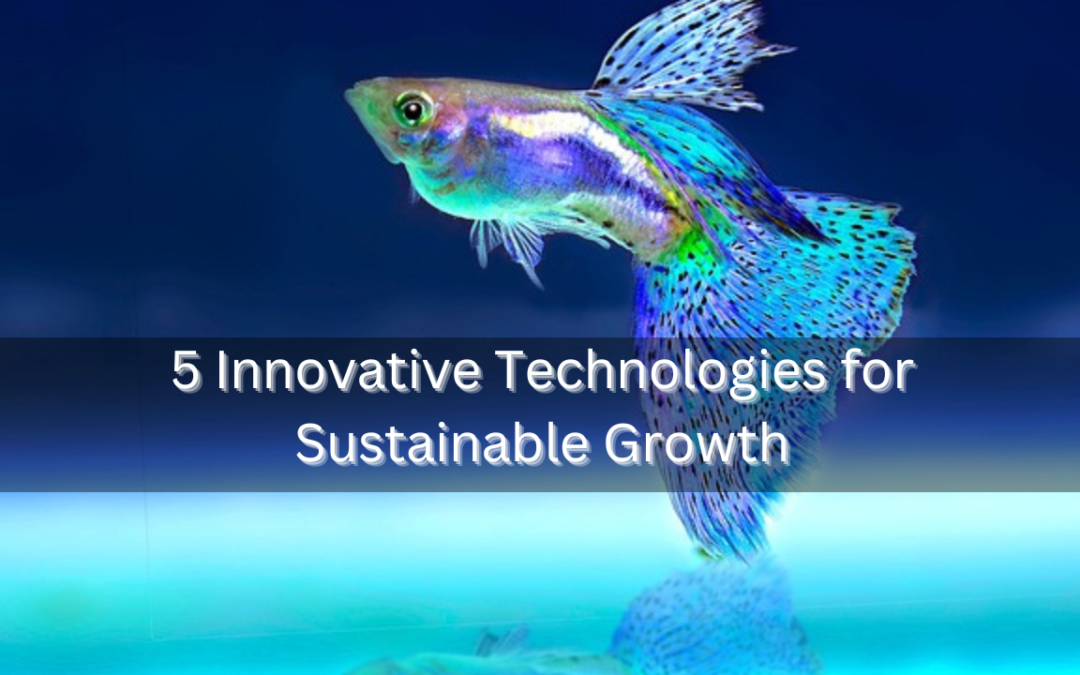Shrimp farming, a vital component of aquaculture, faces challenges from global population growth and environmental concerns. Consequently, technology plays an increasingly crucial role in fostering innovation and sustainability in shrimp farming. Traditional farming practices are giving way to technological advancements, enhancing the effectiveness, sustainability, and profitability of shrimp farming. Here are some groundbreaking ways technology is reshaping the industry:
1. Monitoring and Automation: Revolutionizing Efficiency
Farmers now utilize sensors, cameras, and remote monitoring systems to collect real-time data on their shrimp farming operations. They can actively monitor water quality, temperature, oxygen levels, and feeding patterns. Through this technology, they can quickly identify irregularities, take immediate action, and reduce the risk of disease outbreaks. This not only boosts productivity but also promotes healthier shrimp farming.
2. Data Analytics and Artificial Intelligence (AI): Unleashing Precision and Predictive Power
AI and data analytics are transforming the way shrimp farmers operate. AI systems can process massive amounts of data to detect patterns and forecast trends. For example, they can predict disease outbreaks based on historical and environmental data, allowing farmers to take preventative measures. These tools are keys to enhancing growth rates, refining feed formulas, and reducing environmental impact.
3. Recirculating Aquaculture Systems (RAS): Creating a Sustainable Future
RAS, which provides a controlled environment for shrimp growth, represents a fundamental shift in shrimp farming. By recycling water and reducing waste, RAS minimizes disease transmission and contamination. Though initial investment in RAS technology can be substantial, the long-term benefits in efficiency and environmental stewardship are significant.

4. Genetic Breeding and Selection: Building Stronger Shrimp
Technological advancements in genetic selection are leading to the creation of superior shrimp breeds. These genetically-bred shrimp boast greater disease resistance, faster growth rates, and more efficient feed conversion. Consequently, farmers can reduce the need for antibiotics, boosting output yields, and making shrimp farming more resilient and sustainable.
5. Market Accessibility and Transparency: Connecting Farmers and Consumers
Finally, technology is enhancing market accessibility and transparency for shrimp farmers. Blockchain technology, for instance, creates secure records that trace the journey of shrimp from farm to table. This level of transparency empowers consumers to make responsible choices, knowing the origin and methods of production.
Conclusion: Collaboration for Growth
Modern shrimp farming heavily relies on technological innovations that drive industry-wide sustainability and growth. From automation to genetic breeding, these advancements pave the way for a more transparent and efficient future. Collaboration between technologists, academics, and farmers will be key to maximizing these breakthroughs. That’s why organizations like Ecolonomics Action Team are committed to raising awareness and fostering collaboration for sustainable fish farming.
Join the Movement:
The revolution in shrimp farming is here, and you can be a part of it. Whether you’re a farmer, technologist, academic, or a conscious consumer, your involvement can make a difference.
- Interested in learning more? Visit our website for in-depth resources and insights on sustainable shrimp farming practices.
- Want to collaborate? Reach out to us for partnership opportunities and help us innovate the future of aquaculture.
- Feel passionate about sustainability? Share this article and join our community to stay informed and actively support responsible shrimp farming.
P.S.: –Together, we can build a future where technology and sustainability coalesce, forging a path for efficient, environmentally conscious shrimp farming. Join us today at EAT Community and take the next step towards a more sustainable world.
Related Articles and Resources:
- Taking the Plunge: Key Factors to Consider for Profitable Shrimp Farming
- Tips For Feeding Fish In Ponds
- Water Recycling and Reuse: The Environmental Benefits
- OECD environmental data and indicators
- Technological Advancements in Shrimp Aquaculture
- How to Improve Fish Farming Efficiency and Productivity



